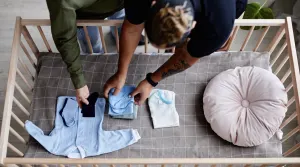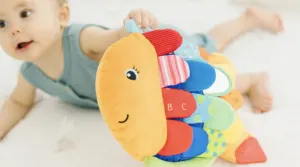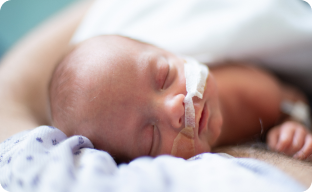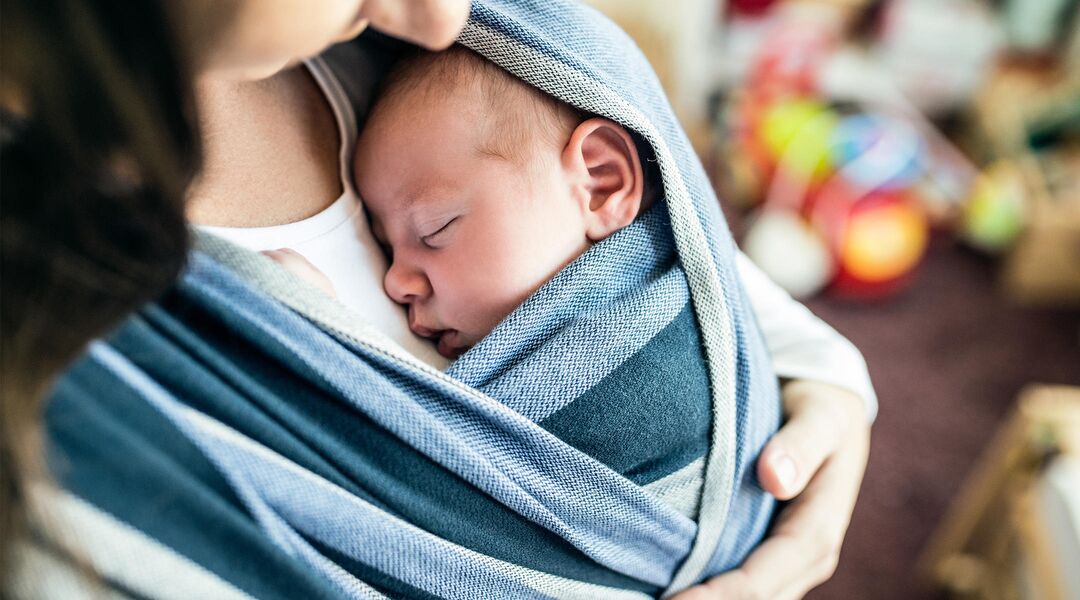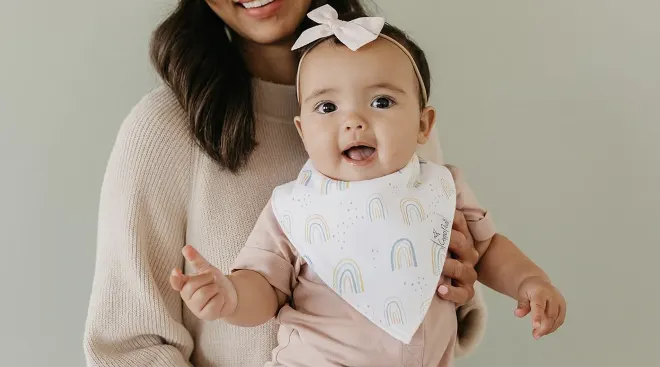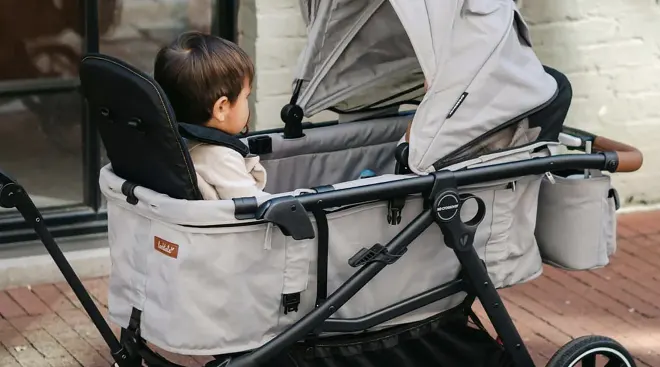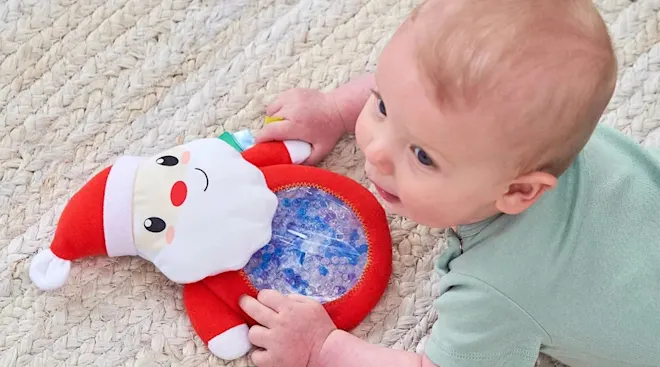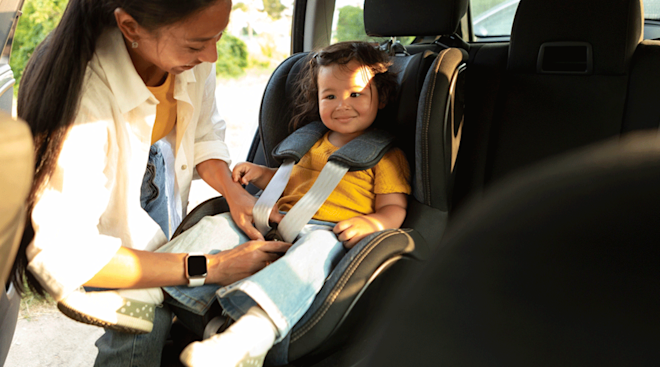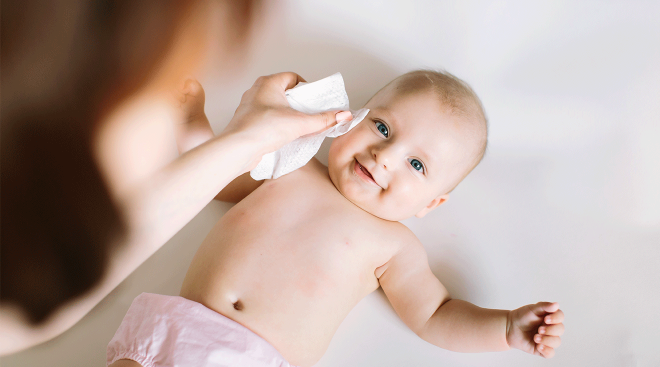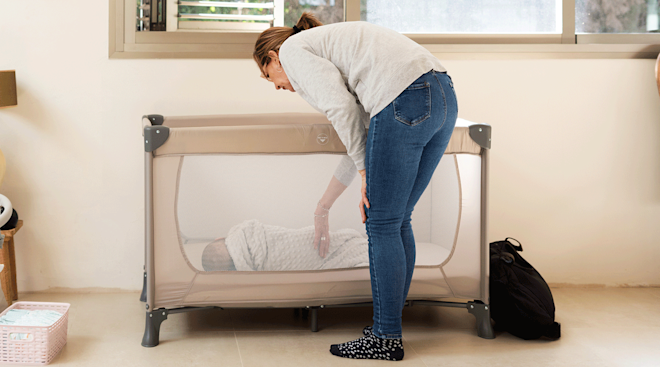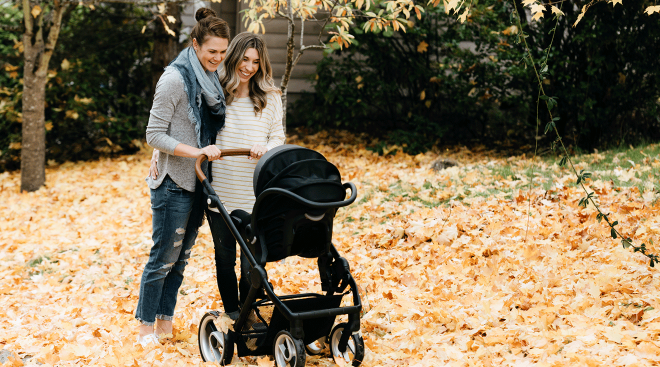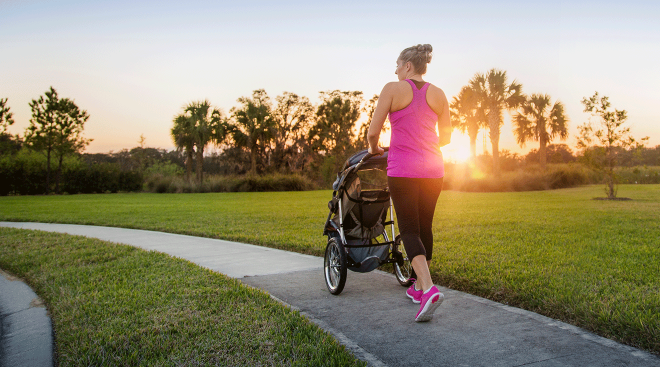CPSC Unveils New Federal Safety Standards for Baby Slings
As convenient as babywearing is, it can be tricky to make sure you’re doing it properly. And in the great debate of baby carrier versus baby wrap, carrier will almost always win as being easier and faster. To give wraps—which are a great option for newborns, since they mimic the feeling of being swaddled—a better shot, the CPSC has updated federal standards for infant slings, a specific type of wrap that goes over one shoulder. With more rigorous safety standards and more tips for use, parents may be more apt to use them.
The new standards apply to any infant sling carrier manufactured or imported after Jan. 30, 2018. So if you already have a baby sling or wrap to which any of the below criteria do not apply, don’t panic.
- Warning labels must include suffocation hazards posed by slings, as well as prevention measures against those hazards
- Warning labels must include statements about hazards of children falling out of slings
- Labels must remind the caregiver to check the buckles, snaps, rings and other hardware to make sure no parts are broken
- Slings must be able to carry up to three times the manufacturer’s maximum recommended weight
- Slings must be durable enough to avoid tears and seam separations
- Slings must be able to keep the child from falling during normal use
(To that last point—why would any sling be designed to not do that?)
The updated CPSC guidelines come in response to 159 baby sling incidents reported last year, including 17 deaths and 67 injuries. To see our top picks for the safest, easiest to use carriers, slings and wraps, click here.
Navigate forward to interact with the calendar and select a date. Press the question mark key to get the keyboard shortcuts for changing dates.























